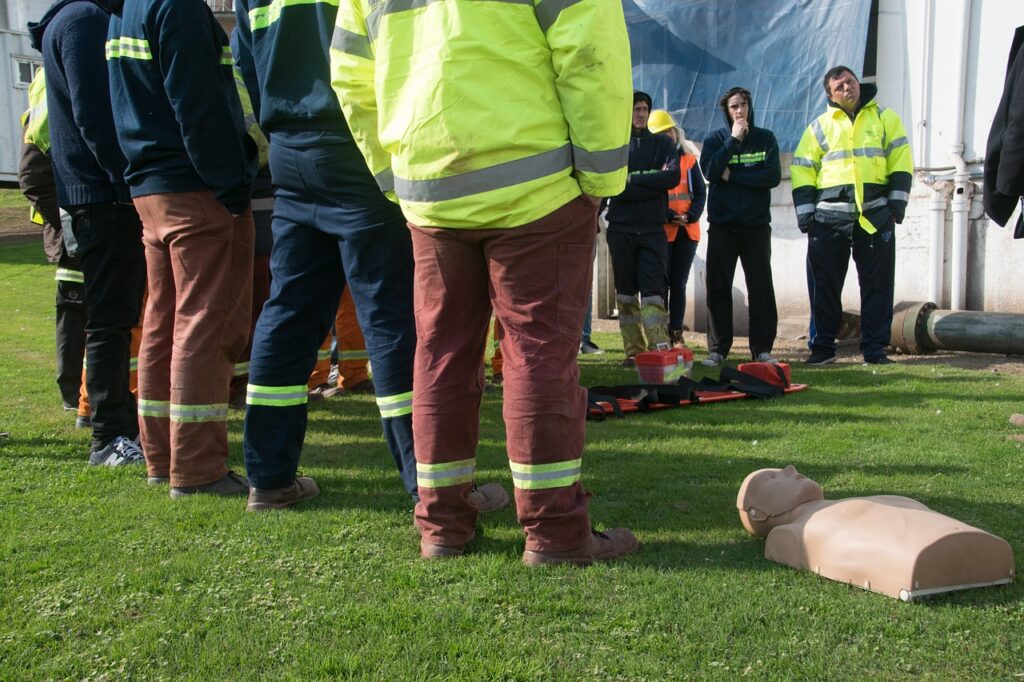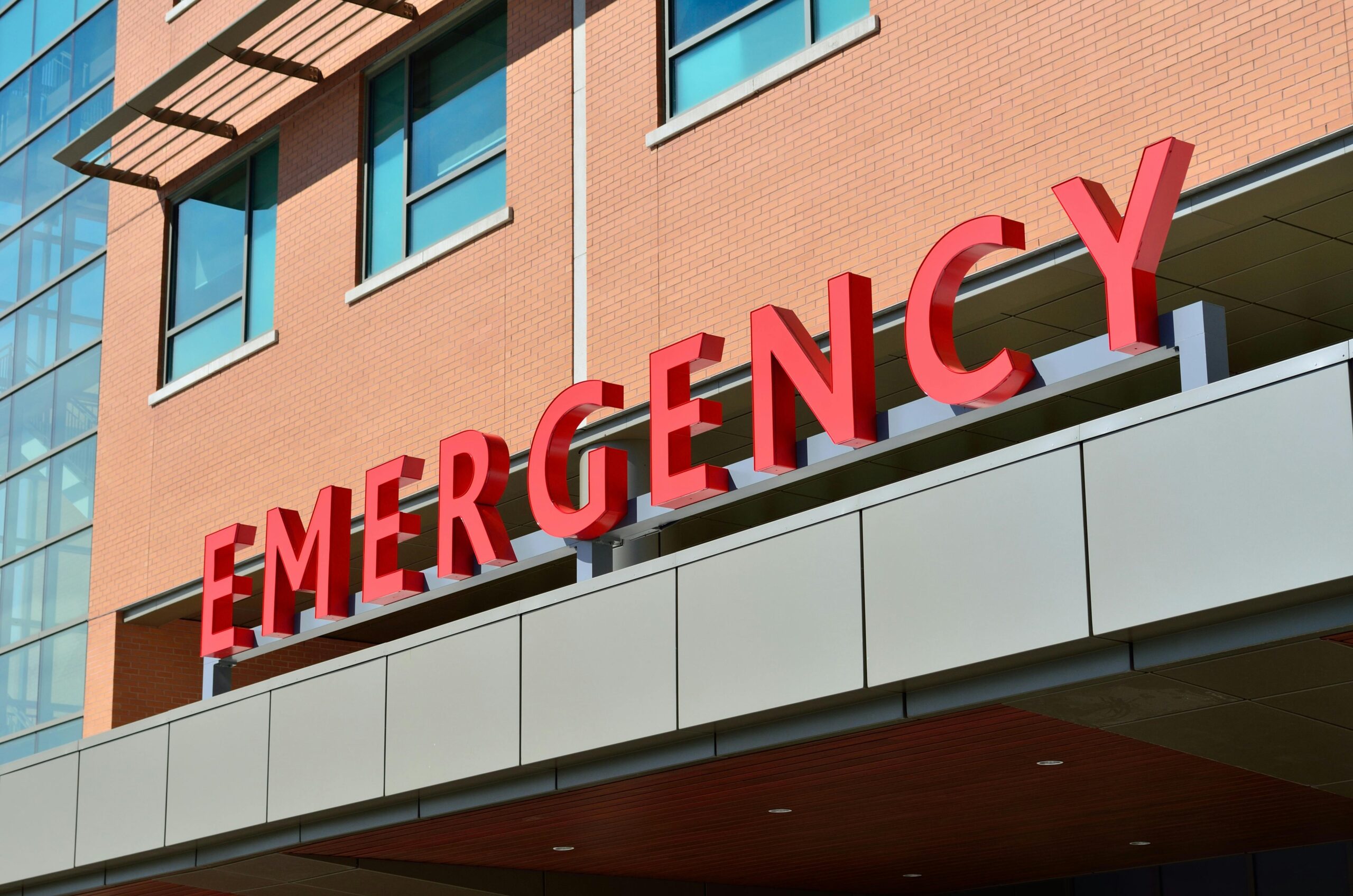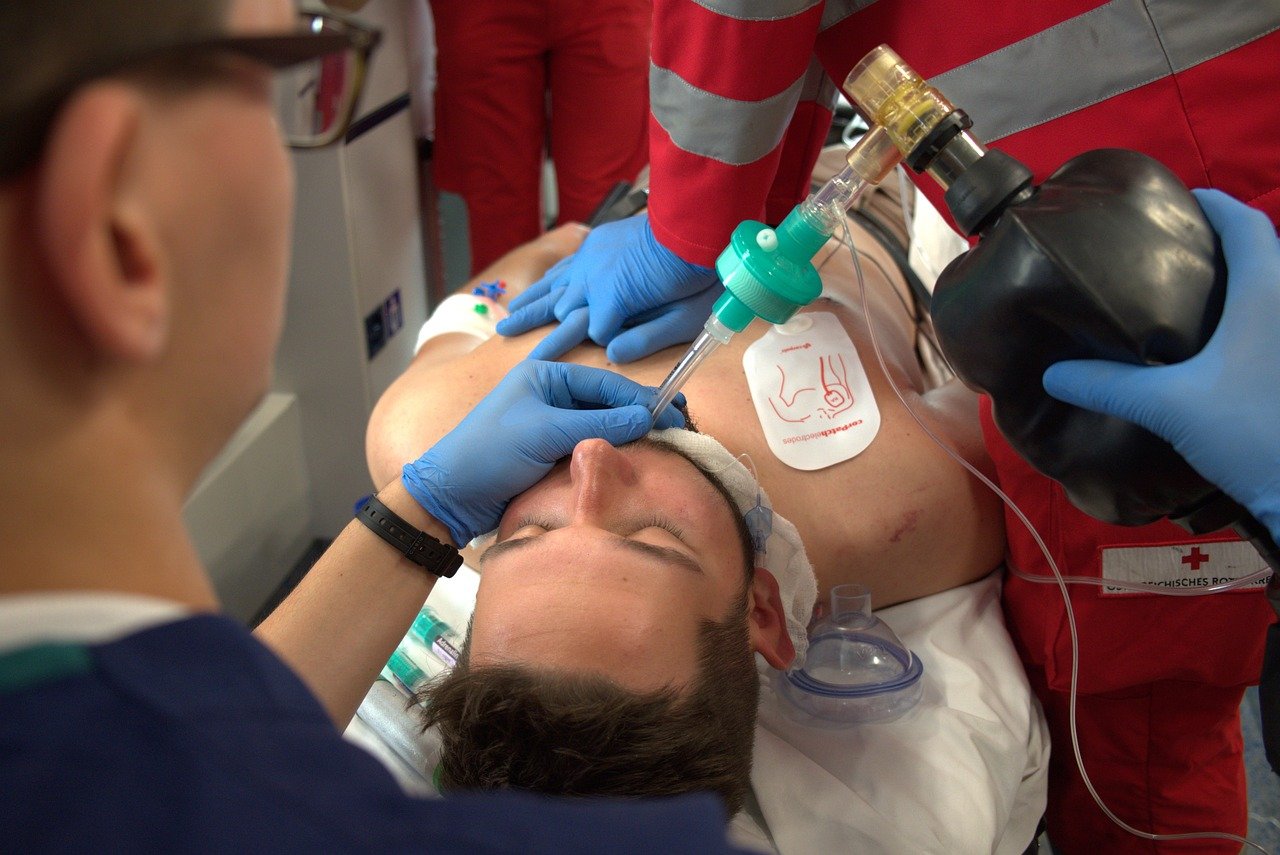
Running an eating place isn’t pretty much serving first-rate meals; it’s about making sure a secure and comfortable environment for anyone—personnel and clients alike. Emergencies can arise at any time, and being prepared to handle them is important. This is why certification in first aid and CPR has come to be a crucial requirement for restaurant employees. Not most effective does it empower a group of workers to address clinical emergencies, however, it additionally fosters a sense of agreement and professionalism inside the administrative center.
Why First Aid and CPR Certification Matters in Restaurants
Restaurants are bustling places packed with sharp gear, warm surfaces, and fast-paced interests. Accidents, choking incidents, burns, or cardiac emergencies can take place at any time. Certification in First Resources and CPR equips employees with the competencies to act quickly and effectively in such scenarios. Here’s why this training is crucial:
- Immediate Response Saves Lives
A put-off in presenting the first useful resource or CPR can mean the distinction between life and loss of life. Trained personnel can administer assistance within the vital first couple of minutes of an emergency, appreciably enhancing consequences. - Compliance with Health and Safety Regulations
Many jurisdictions require restaurants to conform to workplace health and protection standards, together with having personnel trained in first useful resources and CPR. Certification enables eating places to meet those criminal necessities. - Protecting Staff and Patrons
Emergencies don’t just affect buyers; personnel are in danger too. First aid certification ensures that staff individuals can guide every different all through the place of business accidents.
Common Emergencies in Restaurants
Understanding the forms of emergencies possibly to arise in an eating place underscores the significance of certification.
- Choking Hazards: With meals being the centerpiece of an eating place, choking is one of the most common emergencies. First aid schooling equips a group of workers to carry out the Heimlich maneuver or different existence-saving strategies.
- Burns and Cuts: Kitchen staff often cope with sharp knives, boiling beverages, and hot surfaces. First resource certification guarantees they know the way to deal with burns and control bleeding wounds correctly.
- Cardiac Arrests: Sudden cardiac arrests can occur without warning. CPR certification enables the body of workers to provide chest compressions and probably shop lifestyles until professional help arrives.
How Certification Benefits Restaurants
The blessings of having restaurant employees certified as the first useful resource and CPR go past emergency preparedness.
- Enhanced Customer Trust
When clients realize a restaurant prioritizes protection, they feel more confident eating there. Having certified personnel indicates that the status quo takes health and safety seriously.
- Improved Employee Morale
Employees feel valued when their enterprise invests in their education. Certification not only enhances their abilities but also boosts their self-confidence and sense of duty.
- Reduced Liability Risks
Accidents in restaurants can lead to prison disputes. Having a certified group of workers reduces the danger of mishandling emergencies, which could reduce legal responsibility concerns.
How to Obtain Certification in First Aid and CPR

Getting licensed in the first useful resource and CPR is an honest process, but selecting the right training provider is critical. Here’s how personnel can get commenced:
- Find a Reputable Training Program
Look for applications that might be authorized through identified companies like the American Heart Association or the Red Cross.
- Choose In-Person or Online Training
Many corporations provide bendy alternatives, inclusive of online and in-individual training. Some packages even tailor their guides to meet the particular needs of restaurant environments.
- Complete Hands-On Practice
Certification applications regularly consist of arms-on practice, which is vital for studying life-saving strategies like CPR and wound care.
- Renew Certification Regularly
Most certifications require renewal every two years to make certain skills continue to be present-day and effective.
Tips for Restaurant Owners Implementing First Aid Certification
If you’re a restaurant proprietor, integrating first aid and CPR certification into your operations is simpler than you would possibly suppose.
- Offer Onsite Training: Bring teachers into your area for organization schooling. This minimizes disruptions and ensures all of us participate.
- Cover Training Costs: Investing in your personnel’s protection talents can pay off in the long run. Covering the fee of certification shows which you cost their contributions.
- Encourage Regular Refresher Courses: Skills can fade through the years, so inspire personnel to take part in refresher publications to live sharp.
Conclusion
Certification is the first useful resource and CPR isn’t just an elective talent for eating place personnel—it’s a need. From protecting purchasers to ensuring worker safety, being skilled in first aid and CPR prepares a group of workers to handle emergencies expectantly and effectively. Restaurants that prioritize this training foster a way of life of protection and care, which blesses all of us involved.
FAQs
- Why should restaurant employees get certified in first aid and CPR?
Certification prepares employees to handle emergencies, ensuring the protection of customers and the workforce at the same time as lowering legal responsibility risks. - How long does first aid and CPR certification last?
Most certifications are legitimate for two years, and then a renewal is required. - Can first-aid training prevent choking-related fatalities in restaurants?
Yes, employees educated in the first resource can perform life-saving techniques just like the Heimlich maneuver to prevent fatalities. - Are online first aid certifications as effective as in-person training?
While online courses are convenient, in-person training often includes hands-on practice, which is invaluable for mastering techniques. - Is it expensive to certify restaurant employees in first aid and CPR?
The cost varies but is generally affordable, especially when considering the long-term benefits of improved safety and reduced liability.




